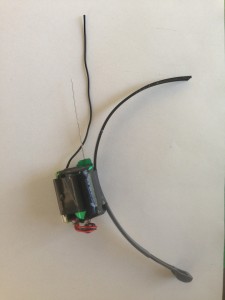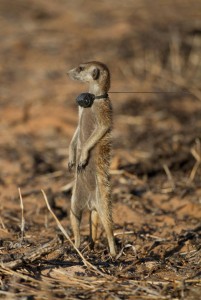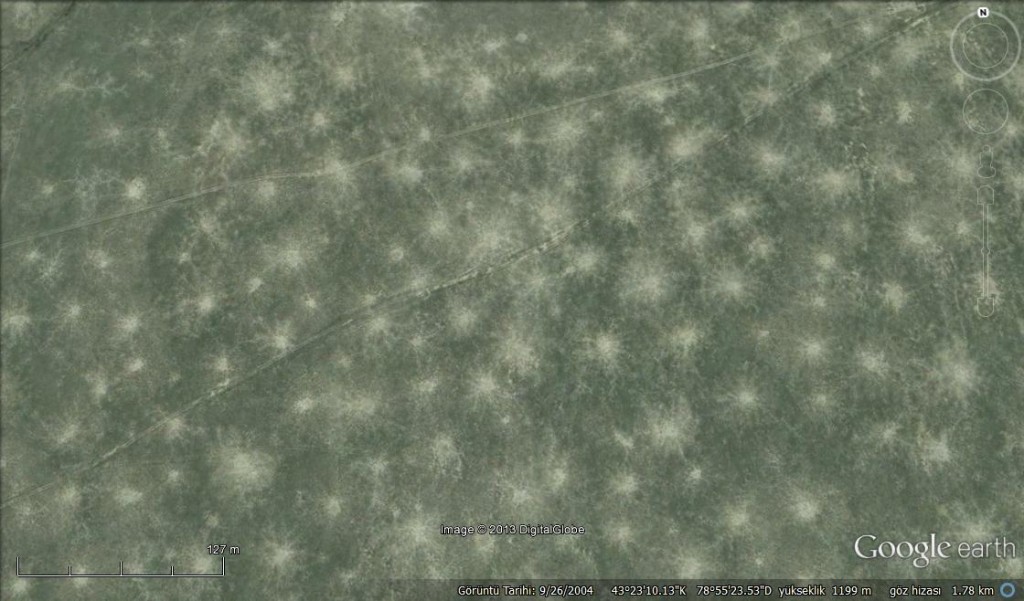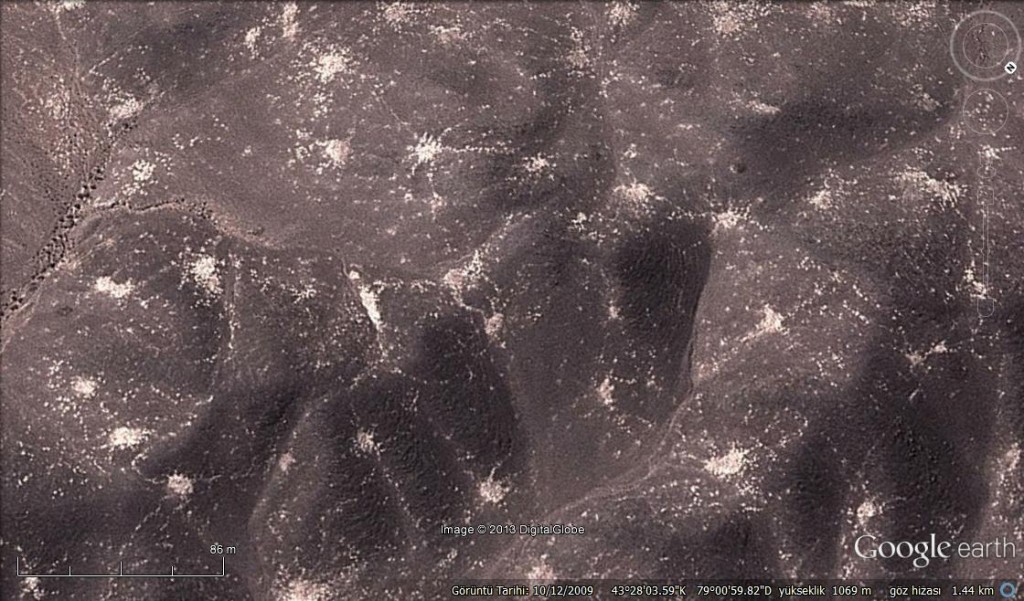Our group is proud to announce the upcoming Animal Movement Ecology Summer School held at the University of Zurich (August 26–30 2013) and for which we already secured the contribution of leading scientist: Dr. Luca Börger, Dr. John Fieberg, Dr. Patrick Laube, Dr. Gabriela Schaepman-Strub, Dr. Dennis Hansen, Dr. Marc Kery, Prof. Arpat Ozgul.
This one-week course covers several aspects of animal movement ecology and includes both theoretical/conceptual and practical sessions.
The course builds on analytical complexity and leads the participant through several steps: from sourcing landscape information through available remote sensing imagery; to import and represent geographical data into R; to the calculation of home ranges; and finally to the characterisation and investigation of animal movement modes in a spatially explicit landscape matrix. The participants will furthermore be given an overview on patch occupancy models and how to treat and analyse presence/absence and abundance data. Fundamental aspects such as study design, spatial autocorrelation, sources of error and time varying covariates will be discussed.
Data sets will be provided but the participants are encouraged to bring their own data. Basic knowledge in R is required. Participants should bring their own laptop with the latest version of R installed. Active participation during the course is required to obtain the credit points.






